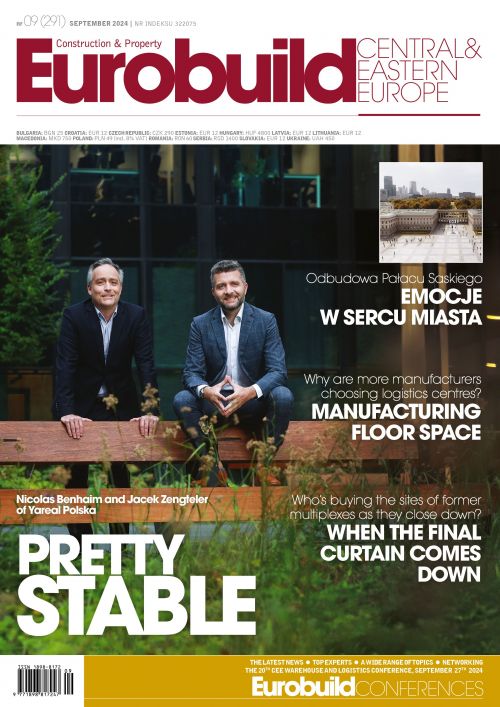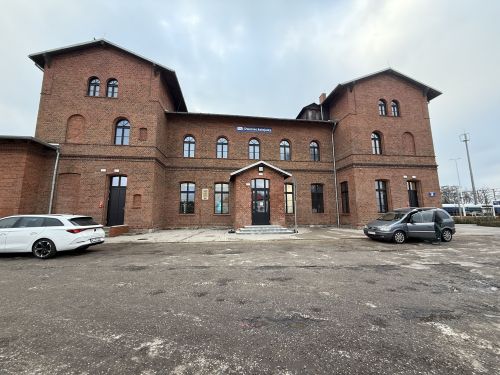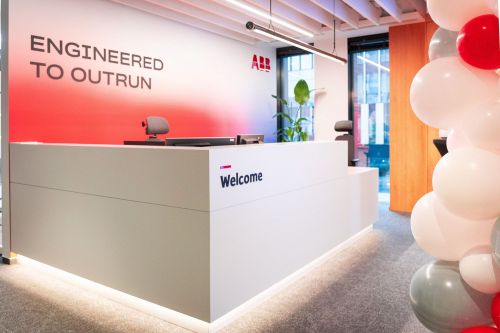Podkarpacie, or Poland’s Subcarpathian province, has around 18,000 sq km (the eleventh biggest out of all 16 regions) with a population of 2.09 mln (the 8th largest). It doesn’t rank well in terms of average earnings, but it attracts tourists, it’s a base for the aerospace industry, and will soon have the tallest residential building in the country (Olszynki Park in Rzeszów with a height of 220m and which is to be completed in December this year). It borders both Slovakia and the huge but war-disrupted Ukrainian market A string of cities in the region are linked by the Via Carpathia, which is to become a major motorway route between Lithuania with Greece.
According to Michał Samborski, the head of development at Panattoni, one of the advantagesof the region is the specialist knowledge of the companies based there, many of which employ graduates from the Rzeszów University of Technology. “New projects often involve modern solutions and research – and no































































